Ethical Clothing Australia Week 2021
Happy Ethical Clothing Australia week! This week we celebrate clothing that is made fairly, made with materials that are better for the planet and made to last.
We are accredited with Ethical Clothing Australia (ECA) which is a program that audits the manufacturing and supply chain of textile, footwear & clothing (TCF) businesses to ensure the rights of garment makers in Australia. We were first accredited with Ethical Clothing Australia back in 2011as the first Australian underwear brand to be certified.
The clothing manufacturing industry has had a bit of shake up over the last year or so with difficulty in importing items and the increased demand for Australian Made products. This was not only a wake up call for industry but also consumers who are realising the importance of Australian made products as well as the importance of ethically made clothing.
We're a little different to most other businesses and have been manufacturing locally since we started the business 28 years ago. We pride ourselves on the quality of our Australian Merino products and when many others took their production offshore we made the decision to invest in people & equipment and produce quality products in our own factory in Queensland, employing locals, supporting local communities, families and other businesses.
To celebrate ECA week we have put together this blog to help inspire and share the voices of some local leaders in the ethical and sustainable clothing influencer space.
We interviewed Karen from Sustainable Styling, Jane Milburn of Textile Beat, Britt from Britt's List and Jonathan Pampling. We hope you feel inspired as well as learn something new from these wonderful ethical fashion voices.
Sustainable Styling

Karen Uhlman of Sustainable Styling is our eco stylist here at Merino Country. We look to Karen for tips on how to style our basics and clothing and she always knows how to jazz up any outfit. Karen also hold workshops around Brisbane
What made you first interested in Ethical and Sustainable Fashion?
The Rama Plaza collapse was the catalyst for my sustainable fashion journey. Through that shocking tragedy I learnt about the dark side of fashion. I’ve always loved fashion so it was a big eye opener that my fashion choices could have a negative impact on people and the planet.
As a stylist, why is it important to consider who made the clothes and if they are sustainable?
Quality made garments never go unnoticed and are made to last. Choosing clothes made from natural fibres also last longer and the textures they create become the heroes of the outfit.
What are 2 steps people can take to make their wardrobe more ethical and sustainable?
Choose garments that are multi- purpose and that make you feel great.
How has wool changed the game with fashion and why do like wearing Merino?
Wool has naturally proven itself (excuse the pun) as it has stood the test of time in fashion and homewares for centuries. It’s always been a game changer. I love Merino wool because it keeps me warm in winter and cool in summer and of course it‘s extremely stylish!

What is your favorite Merino Country item?
The black Roll Neck Skivvy, it can be worn under my ski gear or paired back with jeans and or a statement skirt.
With so many people in lockdown, do you have any tips for those at home right now that may help?
1. Get outside safely! Studies have shown being outside can quiet the area of brain associated with depression.
2. Stay connected with loved ones, even virtually helps.
3. Keep on top of your self care.
You can follow Karen's styling here.
Jane Milburn of Textile Beat
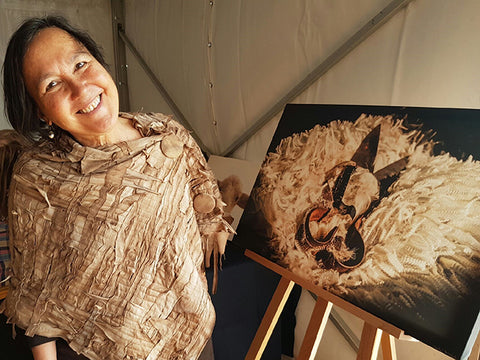
Tell us a little about yourself and what you do.
I have forever been a natural-fibre champion. I grew up on a sheep farm in New Zealand’s South Island and later moved to Queensland, Australia, where I studied agricultural science and had a career in rural journalism and advocacy. Job highlights were being an ABC rural reporter in Victoria and Queensland, working with the Australian Banana Growers’ Council on the Save the Aussie Banana campaign and eight years contributing to the Rural Press Club. After graduating from the Australian Rural Leadership Program in 2010, I came to understand that leadership is an action we take not a position we hold and this led me to find voice as a slow clothing pioneer.
When did you first start exploring ethical fashion – was it something that you’ve always been interested in or did you have an “Ah Ha” moment?
I’ve always been hands-on with my clothes: making some, thrifting and upcycling others, and buying new when needed. However, I did have an Ah Ha moment at a preloved Fashion for Flood fundraiser in 2011 when I noticed fashion excess and the predominance of synthetic fibres. I began independent research that eventually led me to align my values to my work and create Textile Beat as a platform for conversations about the way we dress.
We’ve become actively interested in where our food comes from and there is a parallel story in clothing and fibres. American author and farmer Wendell Berry described eating as an agricultural act and In Defence of Food author Michael Pollan outlined his eater’s manifesto: eat food, not too much, mostly plants. Similarly, I define a wearer’s manifesto: wear clothes, have few, mostly natural fibres, and say that dressing is an agricultural act if we want to wear natural fibres rather than plastic ones.
In 2017, I brought together these ideas in a book, Slow Clothing: finding meaning in what we wear, which made a compelling case for why we need to change the way we dress, to live lightly on Earth through the everyday practice of how we wear and care for our clothes. We now know that two-thirds of clothes are made using synthetic fibres derived from petroleum that shed microplastic particles into our ecosystem. Because of planetary boundaries, we cannot easily grow more natural fibres and instead need to buy better and make them last, as well as taking up regenerative opportunities to recycle and reuse. I was awarded a Churchill Fellowship in 2019 to explore upcycling as a way to reduce textile waste and enhance wellbeing, and am yet to travel due to pandemic disruption.
What inspires you to create fashion?
I make clothes for myself as a way of exploring and defining my individual style, and to demonstrate how everyday choices and actions can help reduce our material footprint. I love these words from Peppermint magazine on Instagram recently: ‘’Sewing is an act of creation, transformation and art – communicating and defining your personal identity to others, and yourself”.
The devastating Rana Plaza factory collapse in 2013 exposed exploitation and modern-day slavery in the fashion industry and reinforced the need for change. There’s a toxic combination of cheap labour and cheap synthetic fibres leading consumers to buy two to four times more than needed, creating waste and pollution, along with a loss of skills and knowledge about where and how clothes are made. This is unethical and unsustainable. I created a wardrobe of clothes that demonstrate another way of dressing. Part of the problem is that until we make something for ourselves to wear, we cannot appreciate the resources, time and skill that go into the clothes we buy.
You create wonderful fashion pieces with our offcuts, what is your favourite creation so far?
Thanks for the offcuts! My favourite piece is the Eco Merino wrap I made with beige offcuts that I coloured using bark before machine-stitching them together into a big rectangle. The merino is so beautiful to touch and wear. I store it over summer in a reusable plastic bag to keep it safe. (You can see the beautiful creation in the above image of Jane next to the Chantel Renae photograph of Merino wool and Blade Shears.)
Jane collecting Merino offcuts from the Merino Country factory for her projects
When did you discover Merino clothing and why do you like it? Do you have a favorite Merino Country piece?
Because of my work in rural industries, including with The Leading Sheep project (a collaboration between AWI, DPI, and AgForce), and with former Minister for Primary Industries Henry Palaszczuk, I have been actively interested in wool and wool marketing issues. Merino Country Wundies are famous! I love knowing that Kerrie has pioneered Merino Country as authentically local wool clothing of known provenance, and that we can visit the wool shed/factory and see clothing being made. It is also wonderful to see increased interest in local manufacturing due to the pandemic. My favourite pieces are the Merino Country camisole top and tights.
What’s an easy project people can do at home with their current clothes while in lockdown?
Creative slow stitching and mending is so mindful at this time when we need to shift our focus from the uncertainty and stress of lockdown. I find it best to plan and safety-pin a project in daylight, then do the actual stitching in the evening when watching TV or chatting. I use 4ply wool or crochet cotton as my thread and chenille needles with a large eye. When we darn a hole or mend a tear, we keep clothes in service for longer. As we grow our skills, we solve problems in our wardrobe and explore our own creativity. Other easy projects are extending or shortening hems and sleeves, and adapting collars.
Jane Milburn is a slow fashion practitioner and sustainability consultant. Her website is textilebeat.com and instagram/facebook handles are @textilebeat
Brittanie of Britt's List

Tell us a little about yourself and what you do.
I’m the founder and editor of Britt’s List – an online fashion publication dedicated to telling the stories behind Australian fashion brands that lead their industry in environmental sustainability and ethical treatment of people and animals.
What made you first interested in Ethical and Sustainable clothing?
An appreciation for op shopping and a good vintage finds. Initially this was finding garments in great condition in op shops in my home town of Mackay for an absolute bargain, but I also spent a lot of time thrifting when I was living abroad in France (Paris and Lyon’s vintage stores are heaven!) That combined with a general appreciation the people who make our clothes, plus the collapse of Rana Plaza fueled my desire to buy better and help others do the same.
Why did you decide to start a blog?
I started Britt’s List because I wanted to help others navigate the fast and slow fashion markets in a way that was informed. It was clear to me that big brands were using greenwashing tactics to sell in sustainability and it was so hard to tell what was true and what wasn’t. I just wanted Britt’s List to be a place that got to the bottom of the claims and helped people to make informed decisions about what they’re buying.
With more Australian becoming more mindful of the importance of ethical clothing, what is something to look out for to ensure clothes are being made fairly and brands aren’t just “ethical washing”?
It’s important to look out for genuine claims in relation to people and planet. Saying “our clothes are made ethically” doesn’t actually mean anything. So, you need to go a bit deeper and find out what that means. Ie. are they paying a living wage? Are the clothes locally made? What do they do to ensure the safety of their workers? etc. Looking for third-party accreditations such as Ethical Clothing Australia can help to identify these brands.

Britt taking a group on one of her Ethical Clothing walking tours in West End, Brisbane.
When did you discover Merino clothing and what is your favorite thing about it?
The more you learn about natural fibres the more you love them. They’re great to wear and they’re great for the environment - it really is a win-win! I love Merino for its breathability and warmth but also comfort and general softness.
What is your favorite Merino Country item?
I have a pair of the “Comfy Pants” which are possibly the most worn item in our household. They happen to fit both me and my partner so it’s a bit of a competition of who gets to wear them on any given day.
Do you have any helpful tips on staying at home through lockdown?
Find a few things that you enjoy doing and get into a bit of a routine with your schedule daily exercise, cooking etc. I took up sewing when Brisbane was in lockdown last year and passed a lot of time with that. But otherwise I just found getting some fresh air and indulging in a good board game or puzzle the best way to stay positive.
Jonathan Pampling Eco Designer

Tell us a bit about what you do within the fashion world?
As a designer and creator, why is important to consider ethical and sustainable materials?
During weeks like Ethical Clothing Australia week – what is an easy step we can take to choosing clothing that is ethically made and environmentally friendly?

We don’t see a lot of male influencers in the ethical and sustainable fashion world. What is a piece of advice you would say to encourage more men to consider what they wear?

What are your thoughts on Merino fabric?
What is an easy project anyone can do at home during lockdown?
One perfect idea is to go dig in your closet and get chopping, dyeing, bleaching, creating and reusing what you have. Experimenting and having fun with fashion and letting loose while developing your skills with take you to great strides while harnessing your knowledge you can in the future create looks redesign and refashion items you already have. Seek out great artists and fashion designers to appreciate and invest in.
You can follow Jonathan's design work and events HERE.
To read more about Ethical Clothing Australia or to see what other events are happening head to their website.


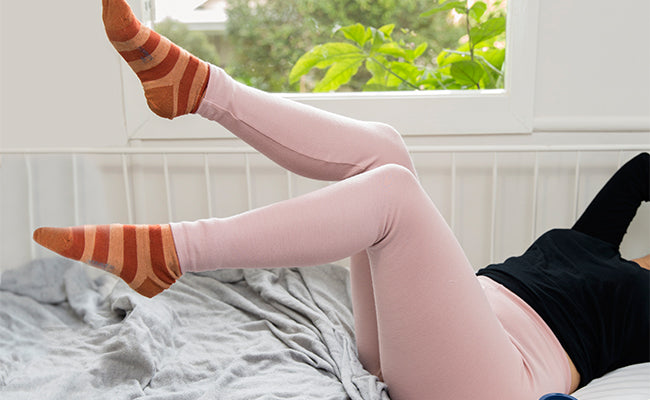
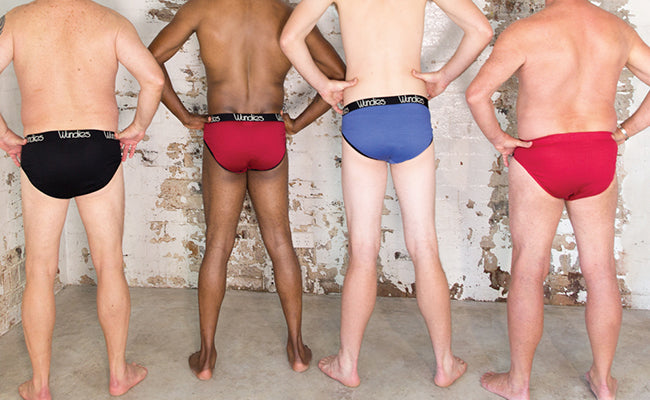
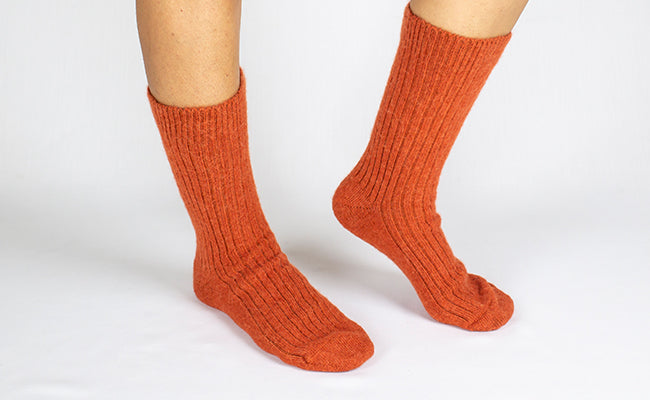
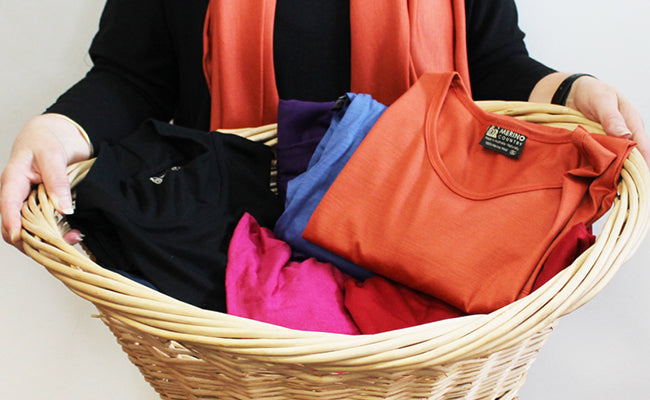

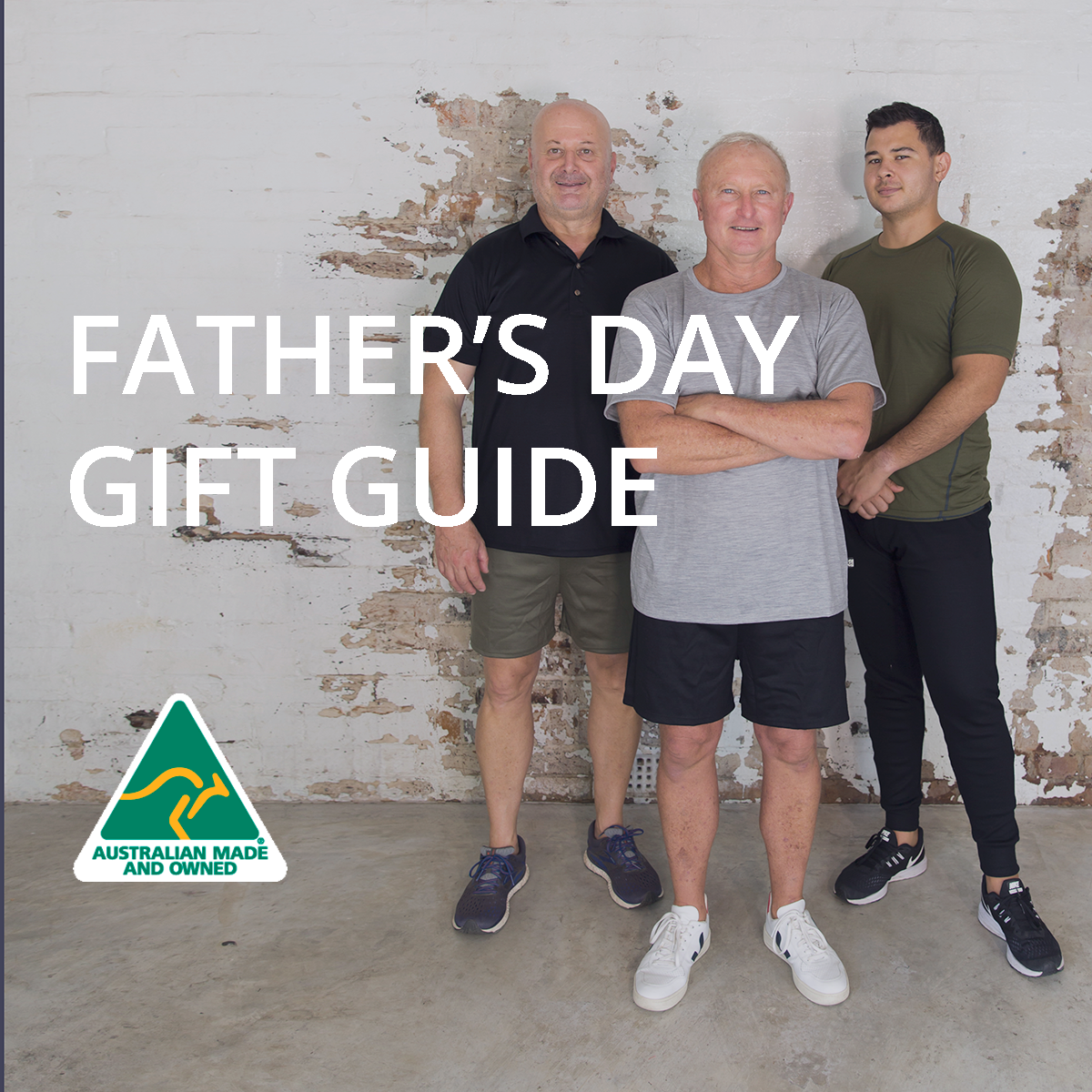
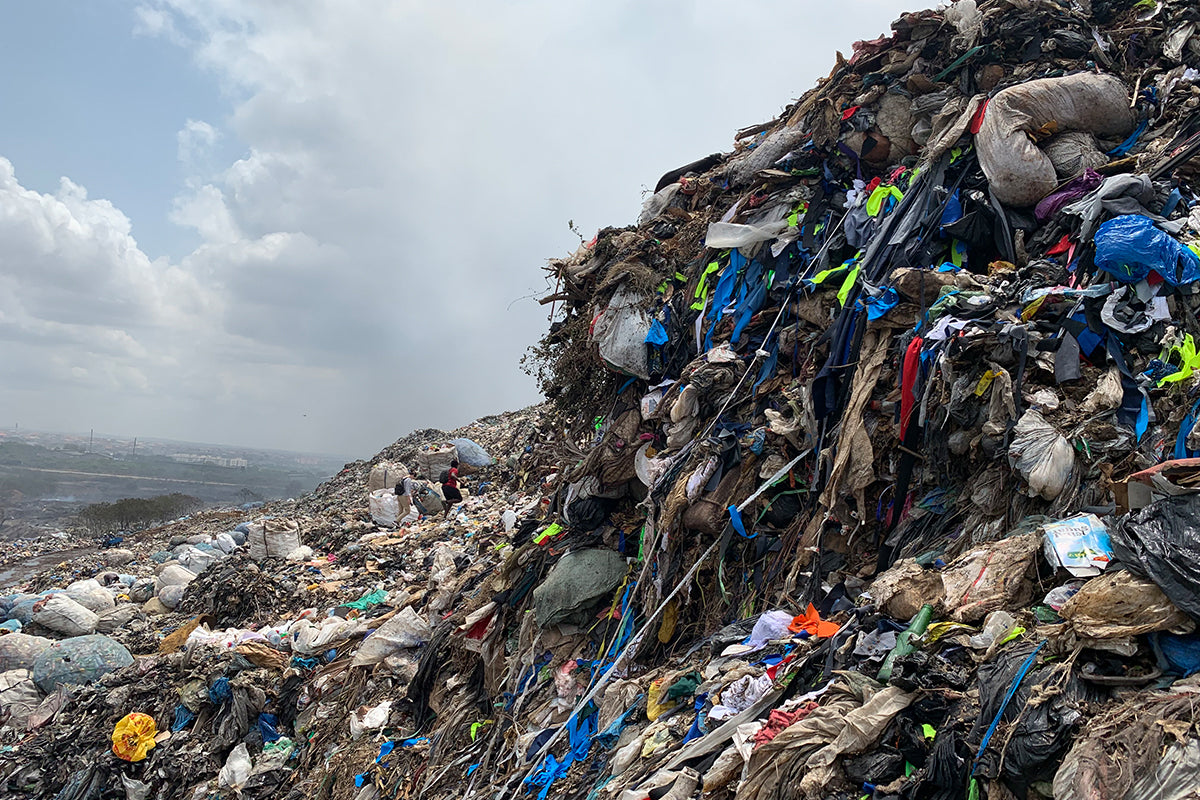



Leave a comment
This site is protected by hCaptcha and the hCaptcha Privacy Policy and Terms of Service apply.